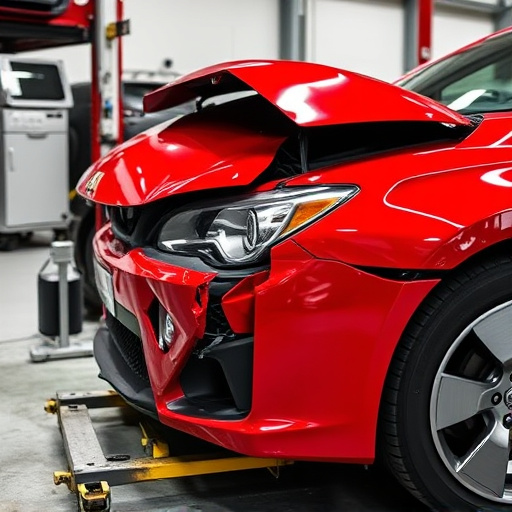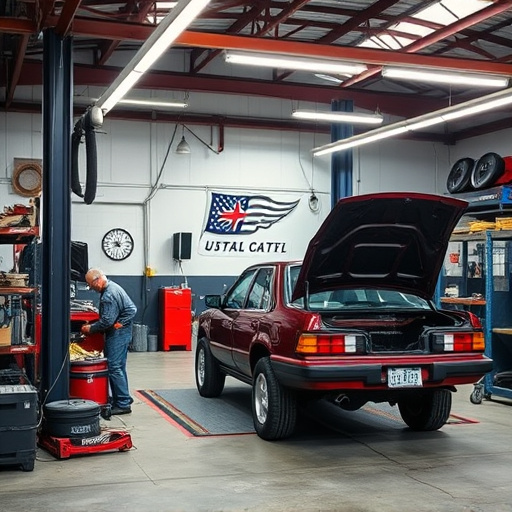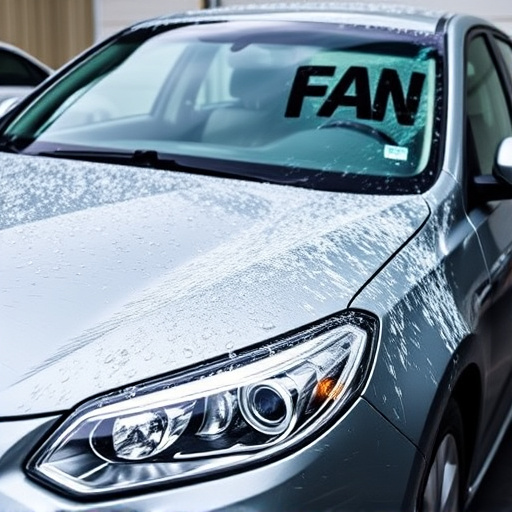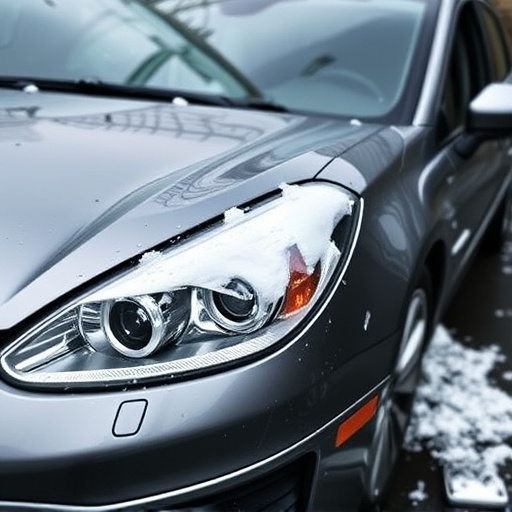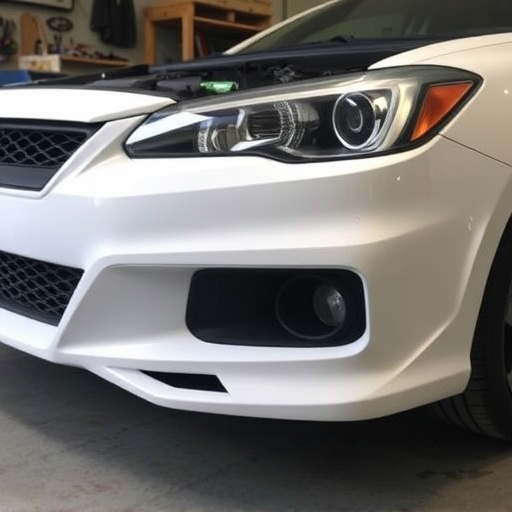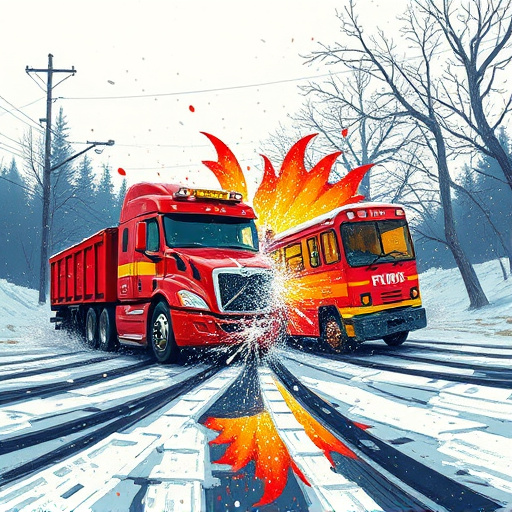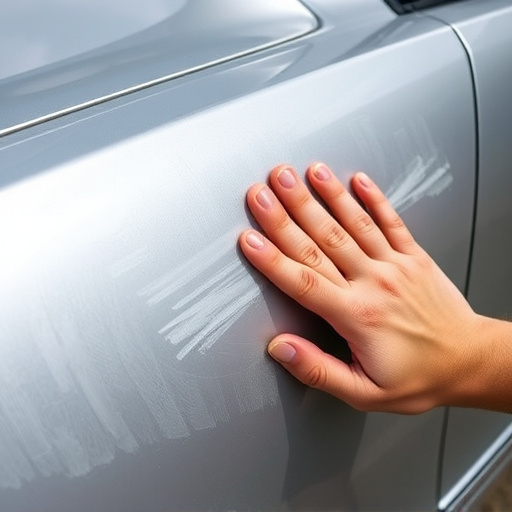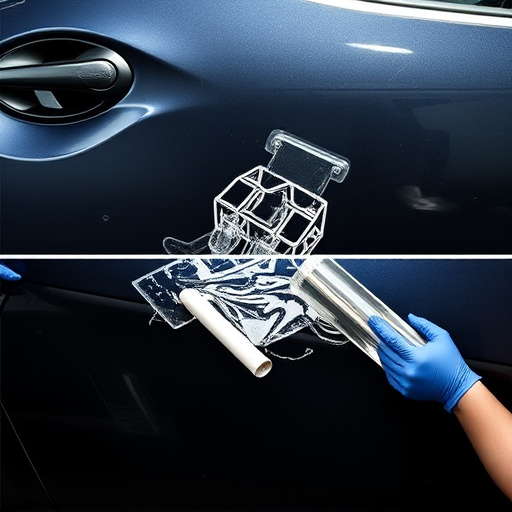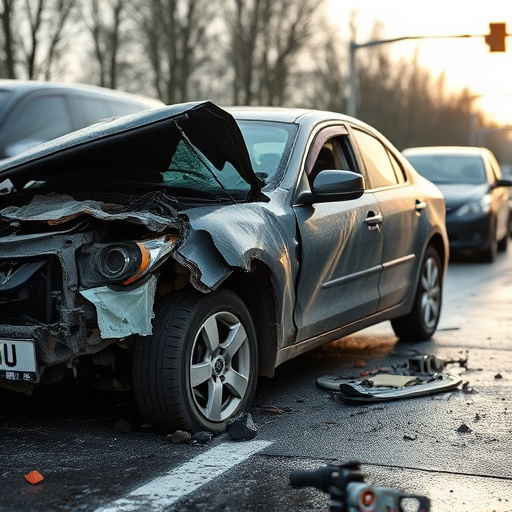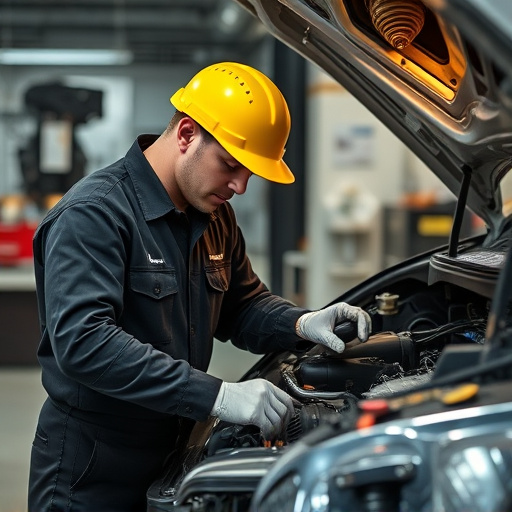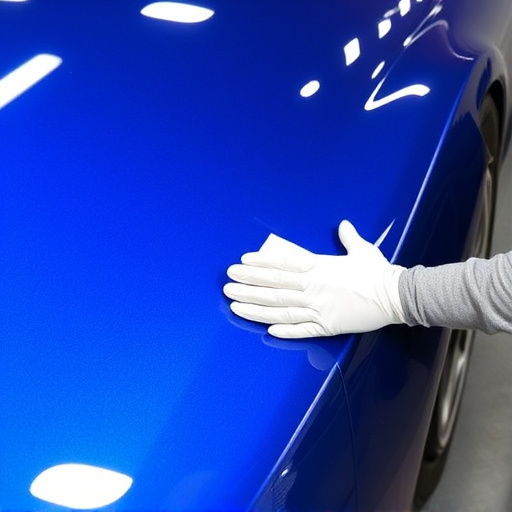Achieving precise factory seam duplication in car bodywork repairs, especially for high-end models like Mercedes Benz, is crucial for structural integrity and aesthetic harmony. Skilled technicians study original weld patterns, use advanced equipment and digital technology (3D scanning, CAD) to accurately replicate these patterns, ensuring superior quality repairs while maintaining vehicle value and customer trust.
Matching original spot weld patterns in factory seam duplication is a precise art, ensuring structural integrity and quality control. This process involves understanding the intricate design of weld patterns found on original components, and then meticulously duplicating them on new or repaired parts. By employing advanced techniques, manufacturers can preserve the exact alignment and spacing of these critical welds, maintaining the structural strength and reliability expected in demanding industrial applications.
- Understanding Original Spot Weld Patterns
- Techniques for Seam Duplication Preservation
- Ensuring Accuracy in Factory Environments
Understanding Original Spot Weld Patterns
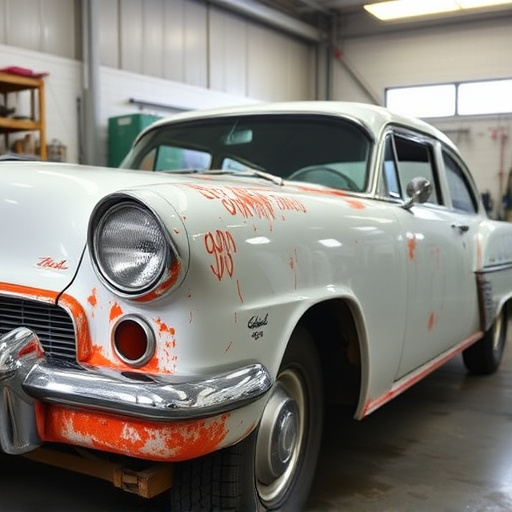
Understanding Original Spot Weld Patterns is a critical step in achieving precise factory seam duplication during car bodywork services. These patterns are designed to ensure structural integrity and aesthetic harmony in automotive manufacturing, particularly in high-end models like Mercedes Benz repairs. Each spot weld represents a specific point of fusion where two metal panels come together, creating a strong bond that maintains the overall strength and rigidity of the vehicle’s body.
By meticulously studying and documenting these original patterns, skilled technicians can replicate them accurately during seam duplication. This involves precise measurement, alignment, and application of heat to match the original welds exactly. In the case of car bodywork repairs, this meticulous attention to detail is crucial not just for safety but also for preserving the vehicle’s overall value and appearance, ensuring that the repaired area seamlessly integrates with the rest of the car bodywork.
Techniques for Seam Duplication Preservation
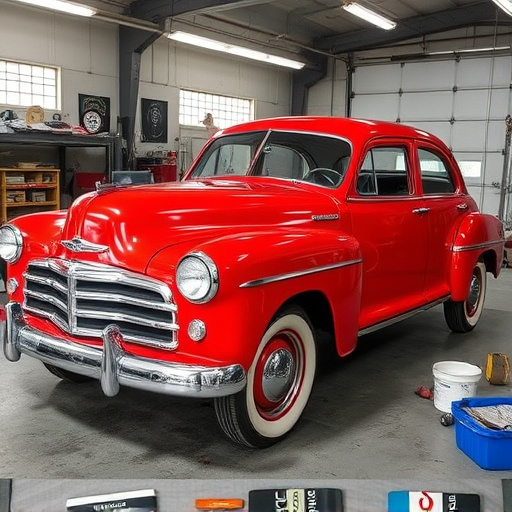
In the realm of factory seam duplication, preserving original weld patterns is paramount for maintaining structural integrity and aesthetic precision in autobody repairs. Skilled technicians employ advanced techniques to accurately replicate these patterns, ensuring seamless integration during car body repair and frame straightening processes. One effective method involves utilizing specialized equipment that matches the exact pressure, temperature, and angle of the original spot welds, thereby creating duplicates that mirror the factory standards.
Additionally, digital technology plays a pivotal role in enhancing accuracy. 3D scanning and computer-aided design (CAD) systems allow for detailed mapping of existing seams, enabling technicians to reproduce them with remarkable consistency. This approach is especially valuable when dealing with intricate or hard-to-reach welds, ensuring that every aspect of the original seam duplication is preserved, resulting in superior quality autobody repairs.
Ensuring Accuracy in Factory Environments
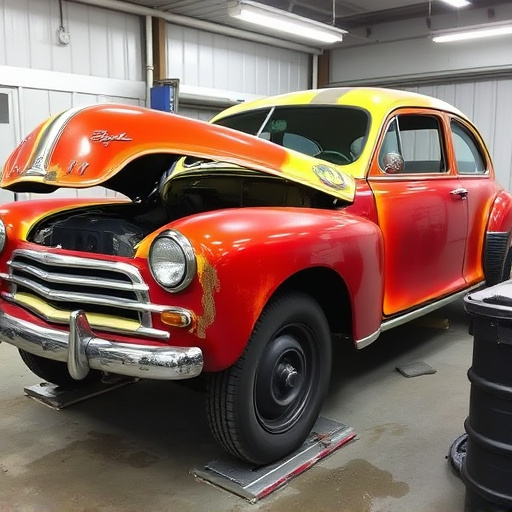
In factory environments, where precision is paramount, accurate seam duplication is a critical aspect of quality control in Mercedes Benz collision repair and other automotive body shop services. Achieving seamless replication requires meticulous attention to detail, especially when dealing with complex weld patterns. Modern technology plays a pivotal role here, offering advanced tools that enable technicians to match original spot weld patterns precisely. These systems often incorporate high-resolution imaging and AI-driven analysis to capture and replicate every nuance of the weld, ensuring consistency across repairs.
For instance, in car scratch repair or more extensive collision damage scenarios, maintaining the integrity of existing welds is essential for structural safety and aesthetic harmony. By leveraging advanced seam duplication techniques, body shop professionals can restore vehicles to their pre-incident condition, combining functionality and visual appeal. This level of accuracy not only streamlines the repair process but also ensures customer satisfaction, fostering trust in the capabilities of modern collision repair services.
In conclusion, achieving accurate factory seam duplication requires a deep understanding of original spot weld patterns and employing specialized techniques. By meticulously studying and replicating these patterns, manufacturers can ensure seamless (both literally and figuratively) joins, maintaining the integrity and quality of their products. This, in turn, enhances overall production efficiency and customer satisfaction.
